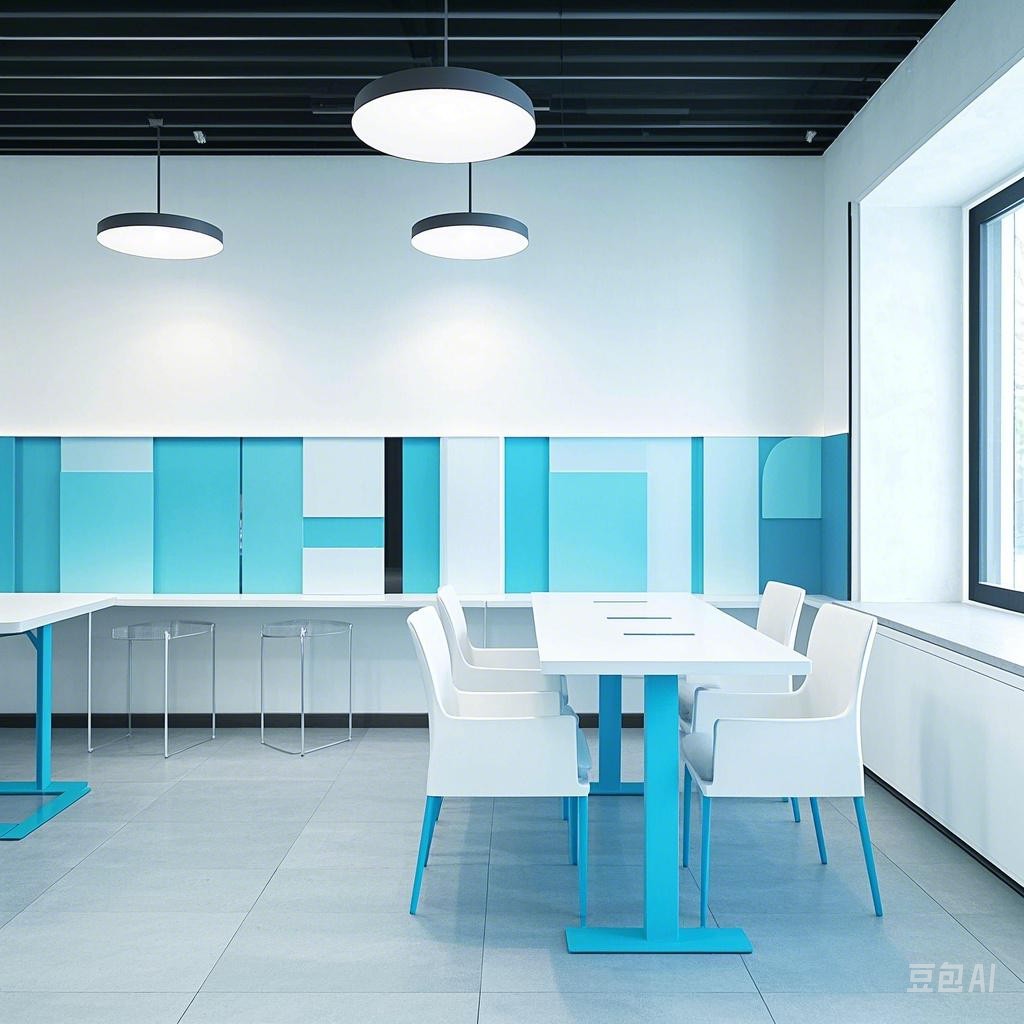Introduction
Tesla, the pioneer in electric vehicles (EVs), continues to push the boundaries of automotive innovation. With each new model, Tesla introduces cutting-edge features that not only enhance the driving experience but also contribute to the broader shift towards sustainable transportation. This article delves into the latest Tesla features, showcasing how the company is revolutionizing the way we ride.
1. Enhanced Autopilot Capabilities
Tesla’s Enhanced Autopilot is a step forward in autonomous driving technology. This system allows vehicles to autonomously steer, change lanes, and navigate complex intersections. Here are some key features:
1.1. Navigate on Autopilot
Navigate on Autopilot enables your Tesla to automatically handle the steering, acceleration, and braking on highways and certain city streets. This feature uses real-time traffic data to optimize your route.
# Pseudocode for Navigate on Autopilot
def navigate_on_autopilot(traffic_data, current_location):
optimal_route = find_optimal_route(traffic_data, current_location)
follow_route(optimal_route)
1.2. Autosteer with Lane Centering
The Autosteer with Lane Centering feature keeps your Tesla in the center of its lane, even in challenging conditions. This is achieved through a combination of cameras, sensors, and software algorithms.
# Pseudocode for Autosteer with Lane Centering
def autosteer_lane_centering(camera_data, sensor_data):
lane_position = determine_lane_position(camera_data, sensor_data)
adjust_steering(lane_position)
2. Powerpacks and Energy Storage Solutions
Tesla’s Powerpacks are not just for their vehicles; they are also designed to provide energy storage solutions for homes and businesses. Here’s how they work:
2.1. Home Powerpack
The Home Powerpack allows homeowners to store solar energy for use during peak hours or when the grid is down. This reduces reliance on traditional energy sources and lowers electricity bills.
# Pseudocode for Home Powerpack
def home_powerpack(solar_energy, grid_status):
if grid_status == "down":
use_stored_energy(solar_energy)
else:
store_energy(solar_energy)
2.2. Business Powerpack
For businesses, the Business Powerpack provides a scalable energy storage solution that helps manage energy costs and improve grid resilience.
# Pseudocode for Business Powerpack
def business_powerpack(energy_usage, grid_resilience):
optimize_energy_usage(energy_usage)
enhance_grid_resilience(grid_resilience)
3. Tesla Solar Roof
The Tesla Solar Roof is a revolutionary product that combines solar panels with tiles, providing both solar energy and a durable roofing solution. Here’s how it stands out:
3.1. Solar Tile Technology
Tesla’s solar tiles are designed to look like traditional roof tiles, providing a seamless aesthetic while generating electricity.
# Pseudocode for Solar Tile Technology
def solar_tile_production(sunlight_intensity):
generate_energy(sunlight_intensity)
3.2. Energy Efficiency
The Solar Roof is not only efficient in generating electricity but also in reducing heat gain, which can further lower cooling costs.
# Pseudocode for Energy Efficiency
def reduce_heat_gain(solar_roof_materials):
insulate_roof_from_heat(solar_roof_materials)
4. Tesla Cybertruck
Tesla’s Cybertruck is a bold new design that promises to be both durable and functional. Here are some of its standout features:
4.1. Unibody Construction
The Cybertruck is built with a single piece of aluminum, providing exceptional strength and reducing the number of parts required.
# Pseudocode for Unibody Construction
def unibody_construction(aluminum_sheet):
form_single_piece_vehicle(aluminum_sheet)
4.2. Advanced Security
The Cybertruck’s design includes reinforced corners and ultra-hard armor glass, making it one of the most secure vehicles on the market.
# Pseudocode for Advanced Security
def advanced_security_design(vehicle_frame, glass):
reinforce_corners(vehicle_frame)
install_armored_glass(glass)
Conclusion
Tesla’s latest features are a testament to the company’s commitment to innovation and sustainability. From Enhanced Autopilot to the Cybertruck, Tesla continues to redefine what is possible in the automotive industry. As these features become more prevalent, they will play a crucial role in shaping the future of transportation.
